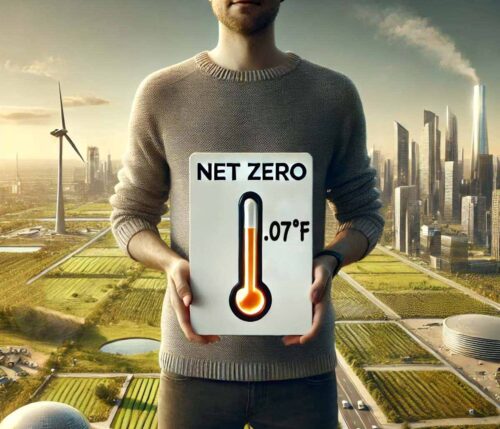
Global warming is about energy imbalance. Greenhouse gasses stop heat leaving the earth, so the planet is getting warmer. This is fundamental physics. Temperature goes up; oceans warm up, expand and sea level rises; pole caps melt. The world has certainly warmed up: 2001 to 2010 was the warmest decade for which we have reliable measurements. Global temperatures are over one degree C above pre-industrial levels and the Intergovernmental Panel on Climate Change says most of the temperature rise since the 1950s is due to mankind.
But around 2007 it began to be noticed by so-called sceptics (usually scientists from other fields) that for a few years, global temperatures had not gone up. Perhaps the climate situation was more complicated than was first thought. They were of course lambasted, called deniers for just saying ‘look at this graph’. But the ‘pause’ or ‘hiatus’ or whatever it was called didn’t go away, at least until 2015, when the natural temperature spike that is El Nino started ‚Äì a Pacific-based emergence of hot water that affects the entire globe for a year or two.
It would be fair to say that most climate scientists think the ‘hiatus’ exists and is a fascinating phenomenon that deserves study. There have been hundreds of research papers about it and over 30 explanations proffered. These range from ones focused on heat going into the ocean, to ones which focus on the sun, or the stratosphere or even an unknown effect. The hiatus showed the importance of natural climate variability being, possibly for a while, stronger than long-term global warming. But some wouldn’t have it. The ‘pause’ had to be destroyed. That’s fair enough, but they need to make a case.
The latest evidence has just cropped up. The headlines say there is fresh doubt over the so-called global warming ‘hiatus’. This is because a new study suggests that the temperature of the oceans was being underestimated in the past 20 years or so because the ocean buoys used to measure sea temperatures were recording slightly cooler temperatures than the older ship’s intake systems. When taken into account, this new effect makes the oceans warmer in recent years and so obliterates the ‘hiatus’.
Well, not quite. The 2015-16 El Nino has been one of the strongest on record, temporarily elevating global temperatures by a significant margin. This means that their case rests on the El Nino temperature increase and will be destroyed when the El Nino subsides, as it is currently doing. A temporary victory over the ‘pause’.

















